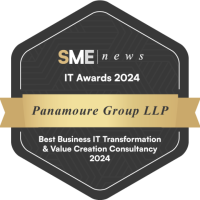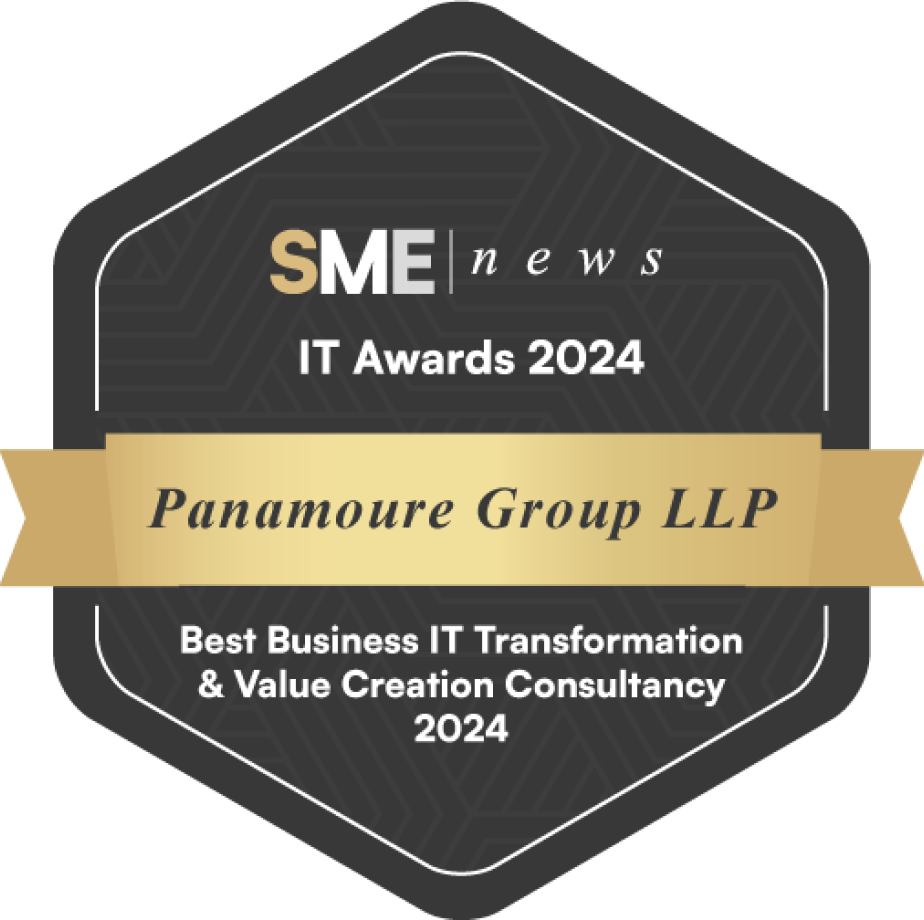Value creation is an increasing factor in value on exit for PE houses, with an average of between 15% and 30% of realised value being attributed to technology-related investment. In this context, it is unsurprising that value creation planning is increasingly carried out prior to deal closure; this can inform valuations and allows the maximum time to be allocated towards realising value post-transaction. The first area of focus is typically on operational performance. Firms that focus exclusively on cost reduction typically see 5% gains in EBITDA, while those following a dual approach with an additional focus on revenue typically see 15% gains [1]. Firms therefore need to include performance-oriented efficiencies for both revenue uplift and cost-out agendas.
Performance optimisation is rarely seen as a priority by target management teams, particularly in the run up to taking on investment or transferring ownership. Value creation opportunities are thereby likely to exist across all areas of the targets business functions, starting with marketing and sales, through to customer service and internal operations. This pattern of technology-oriented value creation is likely to continue.
At Panamoure, we believe firms should take advantage of dramatic developments in AI, disruptive technology, and Software as a Service. Scanning the Software as a Service (SaaS) environment reveals a vast range of continually evolving capabilities available to PortCos. A simple way of understanding the new marketplace is to consider the options now available to sales and marketing teams. Ten years ago, they were given a choice between platforms that were either cheap and poorly designed or enterprise-grade platforms that were expensive to buy and highly complex to deploy. The key selling point of SaaS platforms is the offer of enterprise-grade capability at very low adoption costs, with the potential to start small and scale seamlessly. Firms like HubSpot CRM offer market leading capabilities with affordable cost models. If you don’t like HubSpot then there are plenty of alternatives with similar SaaS characteristics. The same is true across the enterprise as SaaS firms offer similar affordable enterprise quality for finance, HR, legal, sourcing, supply chain, inventory management and even ESG related services. Every part of a business can be seen to present opportunity to realise productivity gains that can generate near term ROI and long-term value creation.
SaaS platforms may need to be combined with other systems to avoid siloes and make best use of data across the business. Modern SaaS platforms offer such integrations as standard and present opportunities to combine datasets using SaaS dashboard tooling such as the excellent Microsoft PowerBI.
For cases where existing or legacy systems cannot use APIs to integrate, RPA tooling such as MS Power Automate can provide an easy to build bridge between one system and another. For example, using Power Automate to transfer payroll information from a legacy ERP system with no API to a new SaaS HR platform where cheaper and better payroll capabilities can be added on as a module.
SaaS platform offers are expanding further to incorporate AI capabilities. Some have already integrated ChatGPT to boost productivity relating to copywriting, email automation, and natural language interrogation of unstructured datasets. At the same time the number of generative AI use cases are exploding as firms start to understand where the technology can be deployed across their businesses. Where more sophisticated solutions are required, firms can tap into the data capabilities provided out of the box by AWS, Microsoft and Google. These platforms offer firms an accelerated pathway to being more data driven as businesses. Following a similar pattern to the SaaS marketplace these cloud-based data platforms are driving the democratisation of advanced data capabilities. The good news is that many of the use cases have already been identified by enterprises that have spent millions on R&D. Smaller firms are now positioned to deploy similar enterprise grade solutions at a fraction of the cost.
With these SaaS based tools now available to businesses of all sizes, there is an opportunity to improve the bottom line through both cost out and revenue uplift. PortCos can realise value at pace within the boundaries of the hold cycle. At Panamoure we have analysed the SaaS marketplace and are already working with PortCos across industries on tangible value enhancement projects. Get in touch to find out what we can do for your business.





